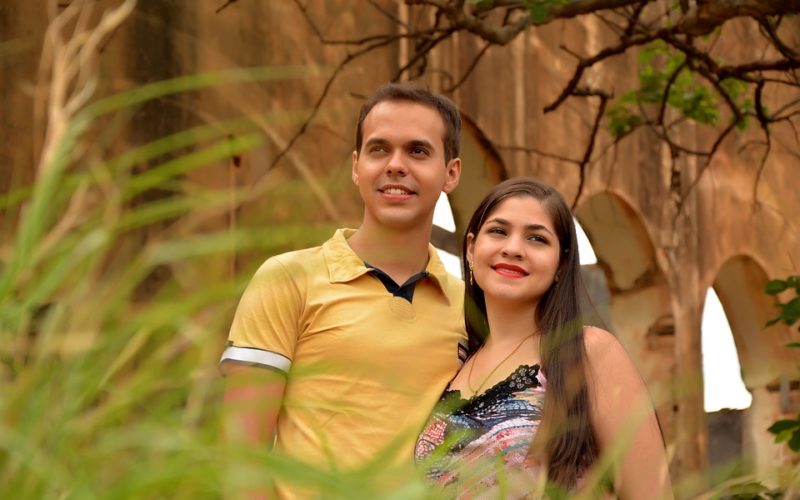From ancient civilizations to modern-day societies, human relationships and how we define them have continually evolved. Polyamory, a form of non-monogamy where individuals engage in more than one consensual, intimate relationship at a time, is becoming more visible and discussed than perhaps ever before.
What is polyamory?
Polyamory is distinct from other non-monogamous relationships in that it involves multiple romantic connections, with an emphasis on emotional intimacy and not just physical or sexual encounters. Unlike open relationships, which typically involve a couple agreeing to have external sexual experiences, polyamory focuses on a broader spectrum of relationship dynamics, where love and companionship are also shared among the partners involved.
The historical context of polyamory
Non-monogamous arrangements aren't new, historically speaking. Many indigenous cultures around the world have practiced forms of communal love and partnerships, and polygamous relationships have been recorded in various religious texts. But the contemporary notion of polyamory, which values egalitarianism and emotional transparency among all involved, has started gaining traction since the late 20th century.
The growth of polyamory in modern times
The rise of polyamory in recent years can be attributed to several factors. The internet and social media have provided platforms for polyamorous communities to connect and educate others. Increased discussions around sexualities, gender identities, and relationship structures outside of heteronormative models are leading people to explore different ways of loving. The stigmas associated with such lifestyles are slowly being dismantled, making way for greater acceptance and understanding.
The challenges faced by polyamorous individuals
Despite the growing awareness, polyamorous individuals still face significant challenges. There remains a lack of legal recognition for polyamorous relationships, which can lead to complications in areas such as custodial rights, financial benefits, and health care. Social stigma, although decreasing, persists, with some viewing polyamory as an affront to traditional values or questioning its legitimacy as a viable relationship model.
The future of polyamory
The future of polyamory looks promising as conversations around emotional needs, consent, and ethical relationships continue to progress. With younger generations expressing more openness to non-traditional relationship dynamics, coupled with driven advocacy for legal reforms, there's potential for a paradigm shift in how society recognises and respects diverse personal connections.
In essence, the rise of polyamory represents more than just a trend; it underscores an ongoing transformation in the intricate tapestry of human connections, as we move towards greater inclusivity, understanding, and respect for the varied ways in which individuals seek love and fulfilment.















